10 Plants You Should Never Grow Together, According to Experts
Before you plan your spring garden, take heed of these plant combinations that should be avoided.
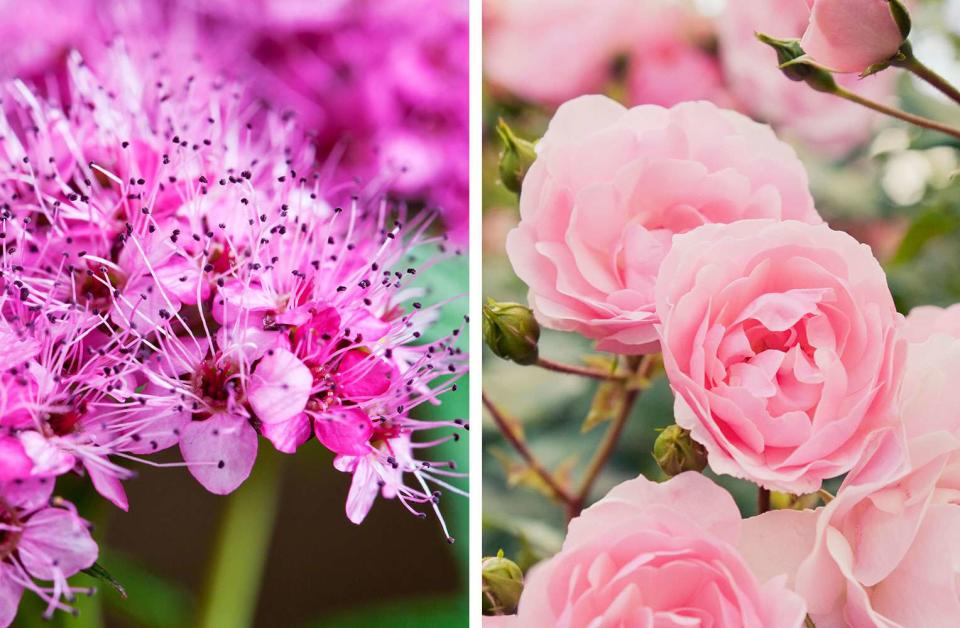
LordRunar / Getty Images
Whether you're a novice or experienced gardener, you're likely familiar with companion planting, the practice of planting certain plant species near each other to encourage growth, repel pests, and increase soil nutrients. Certain plants are mutually beneficial to each other, like basil and tomatoes or marigolds and cucumbers.
But you also need to think about which plant combinations to avoid when preparing your garden each year. Every herb, grass, flower, and tree has specific needs—sunlight, water, and soil preferences—to grow and thrive. Some plant combinations may look beautiful next to each other but might hinder each plant's growth because of their different needs or because one plant's root system is more aggressive than the other's. Some cultivars may produce a chemical reaction, too, as a form of protection that can harm another plant from growing near it, such as the walnut tree. We spoke with experts to learn which plants you shouldn't grow together so you can plan your spring garden with ease.
Related: 14 Vegetables You Should Never Plant Together—Gardening Experts Explain Why
Basil and Sage
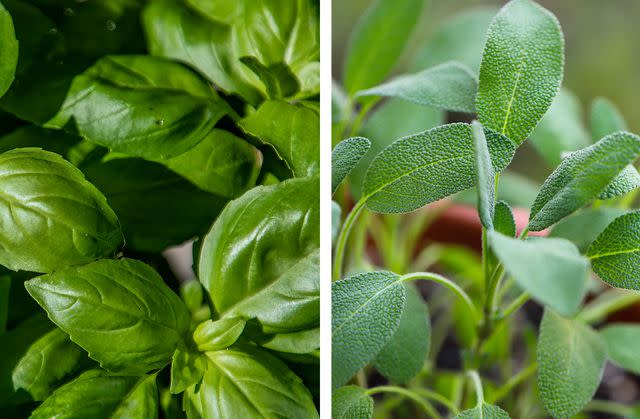
Daniela Duncan / Ali Majdfar / Getty Images
Basil and sage are favorites in any herb garden. Both herbs love the sun, so you may be surprised to learn that these are plants to never grow together because they have vastly different soil and watering preferences. "Planting basil and sage together may not be ideal due to their differing water requirements and growth habits," says Autumn Hilliard-Knapp, horticulturist at My Perfect Plants Nursery. "Basil prefers moist soil, while sage thrives in drier conditions."
Butterfly Weed and Impatiens
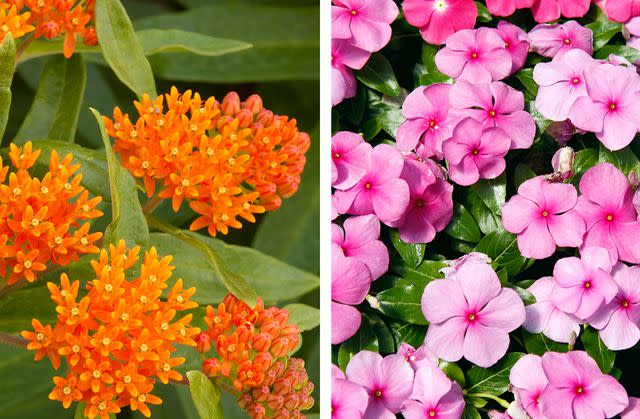
strathroy / John_Brueske / Getty Images
Picking and choosing flowers for your garden is exciting. Before you make a final decision, ask yourself—does your garden space have the optimal conditions for them to thrive?
You may want a tall, flowering perennial like butterfly weed to add height to your garden and attract pollinators, coupled with smaller flowers such as impatiens in your favorite hues. But these two types of flowers have opposite needs. "Butterfly weed prefers full sun and dry soils, while impatiens thrive in partial shade and prefer rich, well-drained soil," says Hilliard-Knapp. "Planting them together may result in one plant overshadowing the other and struggling to flourish due to differences in sunlight and soil preferences."
Related: 12 Plants That Attract Butterflies to Your Yard
Epimedium and New York Fern
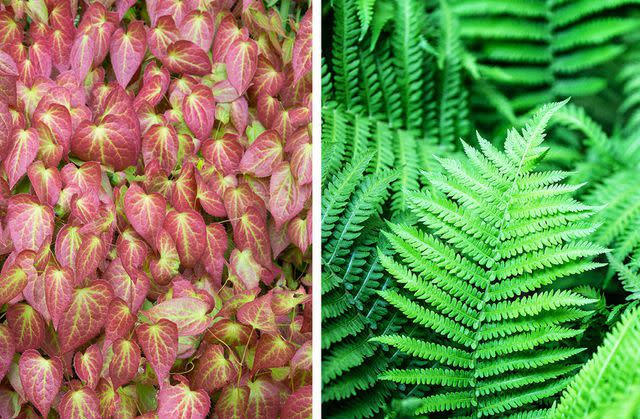
Photos by R A Kearton / Vicki Jauron, Babylon and Beyond Photography / Getty Images
Epimedium and New York fern shouldn't be planted together because one can crowd out the other. New York ferns like to spread out and take over a space and can impact the growth of smaller cultivars. "New York fern is an excellent spreading deciduous groundcover plant, and because of that, I wouldn’t plant it with a smaller, less aggressive plant, like an epimedium," says Linda Eirhart, director of horticulture and senior curator of plants at Winterthur Museum, Garden & Library.
Geraniums and Impatiens
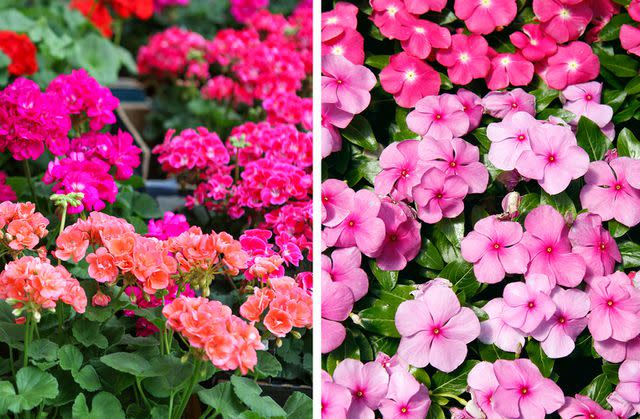
Nenov / strathroy / Getty Images
Sometimes, we choose flower combinations based on their colors, flower shapes, or even height without considering each plant's growing needs. "I see this combo done often—using white impatiens and red geraniums to achieve the color combination," says Joan Mazat, cut flower business manager for Ball Seed. "But it’s a short-lived design!"
Impatiens need shade, and geraniums love the sun. "The impatiens will burn in the sun, and the geraniums will not flower in the shade," she says. "One or the other will thrive in the garden—and the other will fail—depending on the light exposure."
Japanese Spiraea and Roses
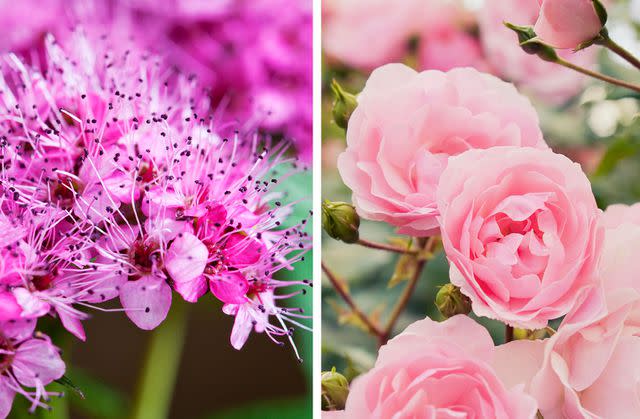
LordRunar / Getty Images
Combining shrubs and roses in your yard is a great way to create height and depth in the landscape, but think twice about planting them too close to each other. A shrub like the Japanese spiraea produces clusters of small, beautiful flowers but also has a fairly aggressive root system that can do harm to your roses. "Fast-growing shrubs usually have aggressive root systems that will steal water and nutrients from nearby plants," says Janet Sluis, horticulturist and director of Sunset Western Garden Collection. "Without regular hard pruning, they will also provide too much shade for sun-loving roses."
Related: How to Grow and Care for All the Roses in Your Garden
Ornamental Grass 'Vertigo' and Lantana Little Lucky
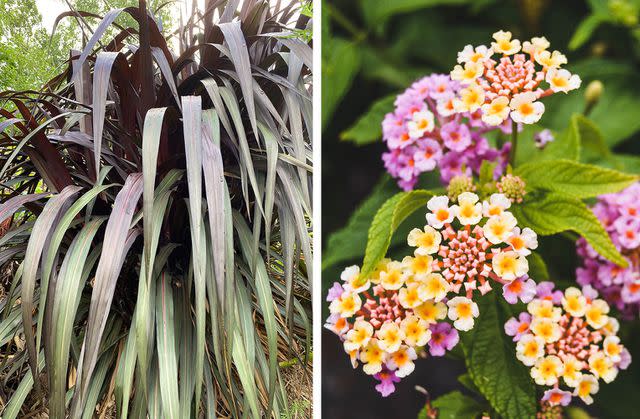
Natalia Crespo / Fine Gardening / Getty Images
Planting ornamental grasses can add dimension and texture to a landscape while also complementing shrubs and bushes. But, a grass such as ornamental 'vertigo' shouldn't be paired with a small shrub such as lantana little lucky, which produces ball-shaped clusters of little flowers. "Ornamental grass 'vertigo' is a very vigorous plant and should not be planted with lantana little lucky as the lantana is too compact in proportion and it will be crowded out," says Sluis.
Petunias and Rex Begonias
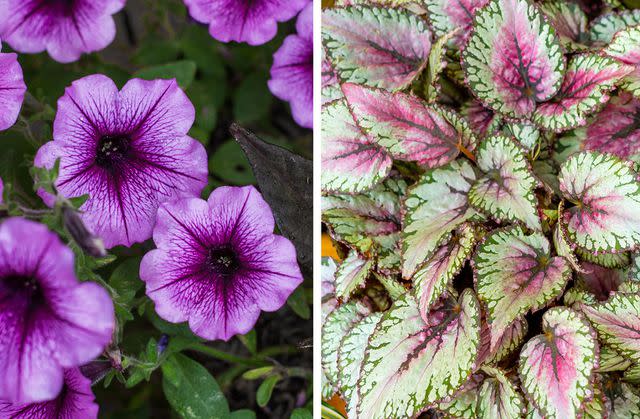
danielvfung / Alf Whitehead / 500px / Getty Images
Petunias are a spectacular choice to brighten any flower bed, border, or container with their tubular blooms ranging in color from white to pinks and purples and even blues and yellows. Rex begonias have cool foliage–sometimes with magenta or purplish leaves or splattered green and purple leaves. But, they have different light requirements—petunias love the sun, and rex begonias love the shade, so even if they would look beautiful together, don't plant them next to each other. "The plants will thrive in the spot they are planted based on their light requirements," says Mazat. "Remember to check the light requirements on the plant tag of each plant that appeals to you!"
Ryegrass and Maple or Oak Trees
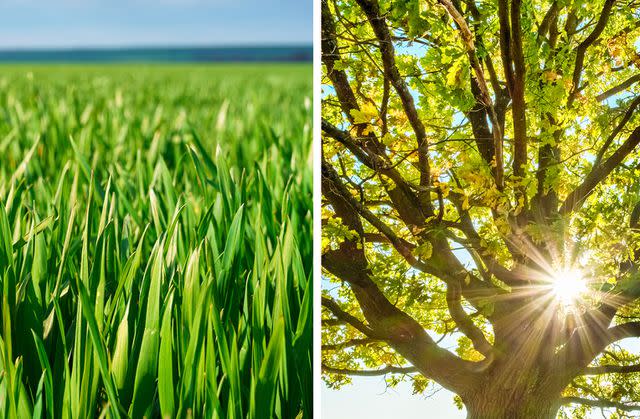
Artsiom Malashenko / soleg / Getty Images
Have a big maple or oak tree in your back or front yard and want to plant grass? Not all grass will thrive in the shade. "Planting ryegrass with a large shade tree, such as a maple or oak, can pose difficulties," says Hilliard-Knapp. Ryegrass needs a lot of sunlight, and too much shade from the trees may limit its growth. Plus, the soil may not be able to sustain ryegrass if planted with one of these trees. "The roots of the trees and the ryegrass compete for water and nutrients at the same soil level, which can impede the ryegrass's ability to thrive," she says.
Sunflowers and Potatoes
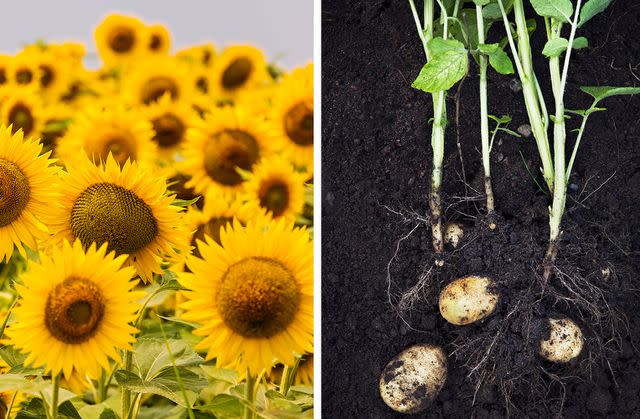
Alexander Spatari / Johner Images / Getty Images
If you're growing a vegetable garden, you may want beautiful mustard yellow or reddish-orange sunflowers to attract pollinators, but not all vegetables are compatible with sunflowers nearby, like potatoes.
Sunflowers not only have big root systems, but when they are tall (dependent on the variety), they may create too much shade for the potato plant. Sunflowers are allelopathic, too, meaning they contain specific toxins that can be harmful to other plants. "Sunflowers produce chemicals that can inhibit the growth of nearby plants, including potatoes, leading to reduced yield," says Hilliard-Knapp.
Walnut Tree and Most Other Plants
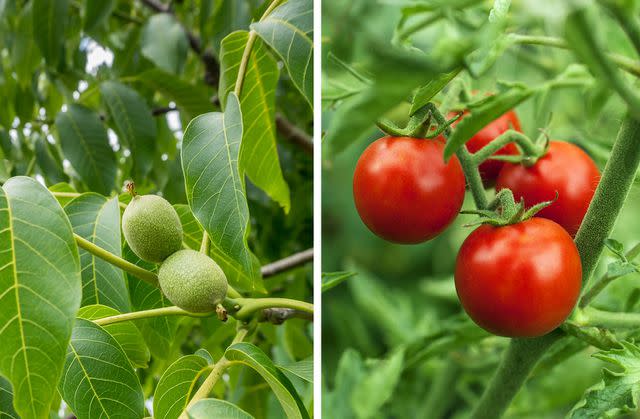
sololos / Getty Images
If you love eating walnuts, you may be wondering about planting a walnut tree, but take care when planting one, as it can be very harmful to other plants nearby, no matter their type. "The placement of the tree takes careful consideration as a toxic substance called jugalone occurs in all parts of the plant, but especially the buds, nut hulls, and roots," says Jessica Cudnik, M.S. horticulturist and flower product manager for American Takii. "This can affect vegetables, ornamentals, and some bushes causing them to wilt or die."
Read the original article on Martha Stewart.

